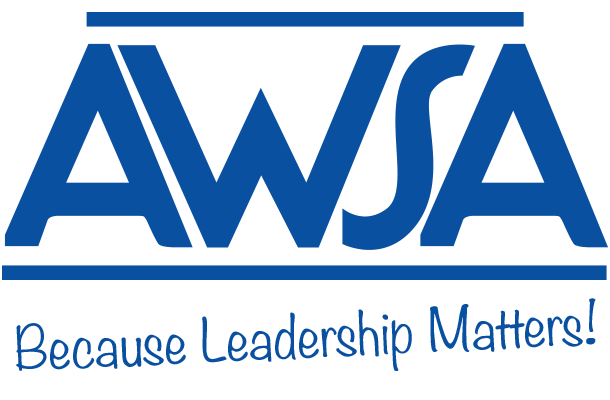Online Learning: A Tool Used for Student-Centered Choice (Article 2 of 4)By John Jacobs, Executive Director of the Wisconsin eSchool Network and Jason Schmidt. Executive Director of Wisconsin Virtual School, Partners of the Wisconsin Digital Learning Collaborative In our last article we posed the question, “Is online learning here to stay? Or gone tomorrow?” As educators we continue to see increasing trends around competency based learning, personalized learning, and other student centered strategies. These efforts come with the need for purposeful allocation of time, training, and resources. Not to mention a mindset and readiness to engage with new teaching and learning strategies. This paired with the reality that educational leaders are facing real challenges around teacher shortages and initiative fatigue, along with elevated burn out rates, this task of elevating student centered efforts and choice seems daunting. However, leveraging authentic online learning as part of a tool belt supports district efforts around personalized student choice when appropriate. Below you will find three opportunities to help with these efforts. Opportunity one starts with an understanding of key definitions. The use of terminology is critical as educational leaders move forward with online learning efforts. Take for example the terms of online learning, and emergency remote teaching. Differentiating the teaching and learning components behind these two very different terms is mission critical moving forward. Review and save the Definitions Guide to ensure that as educational leaders we are using the right terms in the right contexts. Help your stakeholders understand varying definitions in alignment with your local efforts. Don’t let people define your learning models and strategies for you as we have learned it will and does create significant dissatisfaction when stakeholders are left interpreting on their own. Opportunity two comes with leaning on proven online learning partners to compliment your local offerings. Don’t feel like you have to do this alone and in isolation. Online learning can be collaborative in nature. Often times online learning can be solved for existing internal or external partners. Take for example the Wisconsin Digital Learning Collaborative’s Stakeholder Guides which can be used off the shelf as is or customized to align to your local efforts. Each stakeholder you serve whether it is a Student, Parent, Teacher, or other should understand the context of what online learning is before you go all in. Take the opportunity to define and shape the expectations around online learning before others do it for you. Another opportunity is to leverage online learning networks, consortiums, or statewide supplemental partnership opportunities. Through the WDLC, you can take advantage of cost-sharing and volume pricing that would normally be out of reach when working on their own. You can work directly with the Wisconsin eSchool Network (WEN) to develop a local online program, you can partner with the Wisconsin Virtual School (WVS) to provide students with options while building local capacity through professional development and support, or you could partner with existing consortiums who can provide a plethora of options in the online learning space. Whether you decide to build your own online program or partner with an existing organization, know that you have immediate options to meet your stakeholder needs. Collaboration provides schools with flexible options with controlled investments of time and resources. Opportunity three is to set reasonable goals around online learning. If we’ve learned one thing about online learning in the last couple of years, it’s that quality online learning takes time and planning. Let's take a look at elementary online learning as an example. Elementary online learning has quickly become a need for many districts. All the different models for an online program can be overwhelming when determining what will work for your local students. That’s why the WDLC published The Getting Started with Elementary Online Learning Guide as a resource for districts. Getting Started with Elementary Online Learning is for districts in the early planning phase for launching a local elementary online learning program. There are many considerations and decisions as part of an online learning program, and this guide will provide you with key information to consider, district perspectives from their own journeys in creating an elementary online program, and resources to assist you along the way. In addition to the planning resources, the Getting Started with Elementary Online Learning Guide also provides support for continuous improvement which can benefit any program from those that are brand new to those that are well-established. This four part series has now addressed online learning’s staying power into the future, and how online learning supports student choice. In our coming articles we will next approach online learning supporting student readiness efforts and student retention all with a commitment to quality and continuous improvement. The power of all of us, all in one place. Online learning together. Read more at:
|

